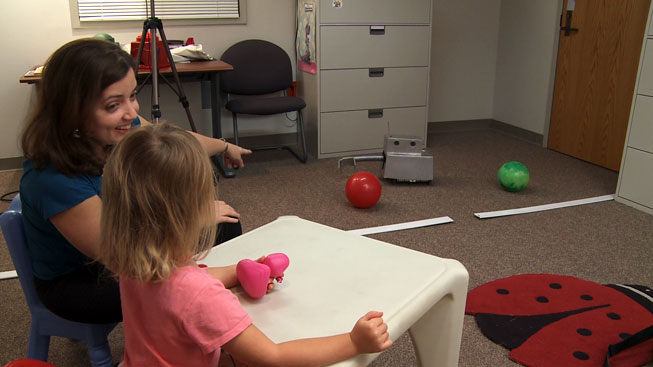Developmental Studies
As children develop through early childhood, they begin to differentiate things that live and can act on their own, from things that are not alive, and cannot act on their own. However, our technologically evolving environment now confronts even preschoolers with an array of objects that defy these basic distinctions. How do children deal with this complexity? We have been exploring both how children make inferences about these complex hybrids of living and nonliving things (Saylor, Somanader, Levin, & Kawamura, 2010), and how they learn critical links between events they have witnessed, and knowledge about the kinds of intelligence inherent to complex technological agents such as robots or computers. In one experiment (Somanader, Saylor, and Levin, 2011), children witnessed a robot engage in simple actions, and then were asked whether they thought the robot had psychological, biological and mechanical properties. When children saw that the actions were initiated when an experimenter pressed a simple remote control, they were less likely to believe that the robot had psychological properties such as the ability to see or remember. This suggests that children can incorporate information about the ultimate cause of an agent’s actions into their understanding of the agent’s intellectual capabilities.
In our most recent experiments, we have been exploring the degree to which these concepts affect childrens’ decision to inform different agents aboutmistakes that have occurred in a learning context, and their tendency to “over-imitate” when demonstrating procedures for different audiences. Preliminary results suggest that children are sometimes more likely to correct errors for a computer, but that they over-imitate less for a computer than a person.
References


Connect with Vanderbilt
©2024 Vanderbilt University ·
Site Development: University Web Communications